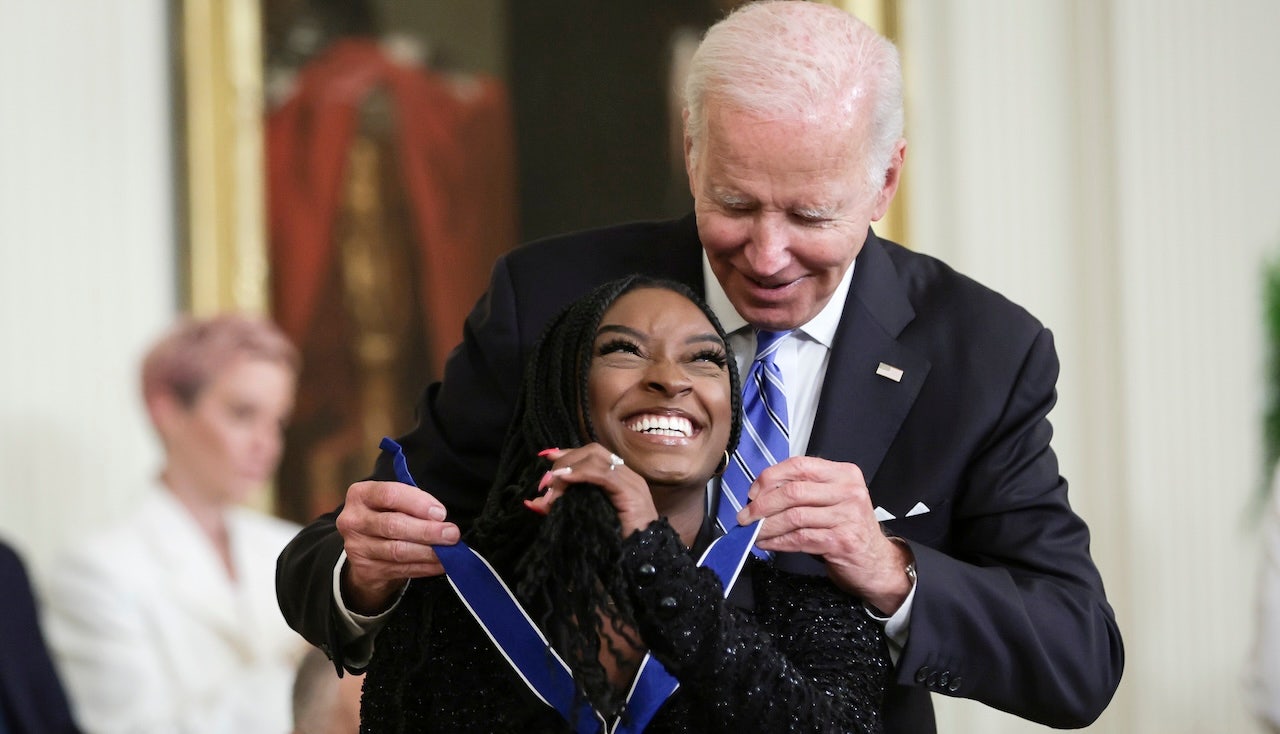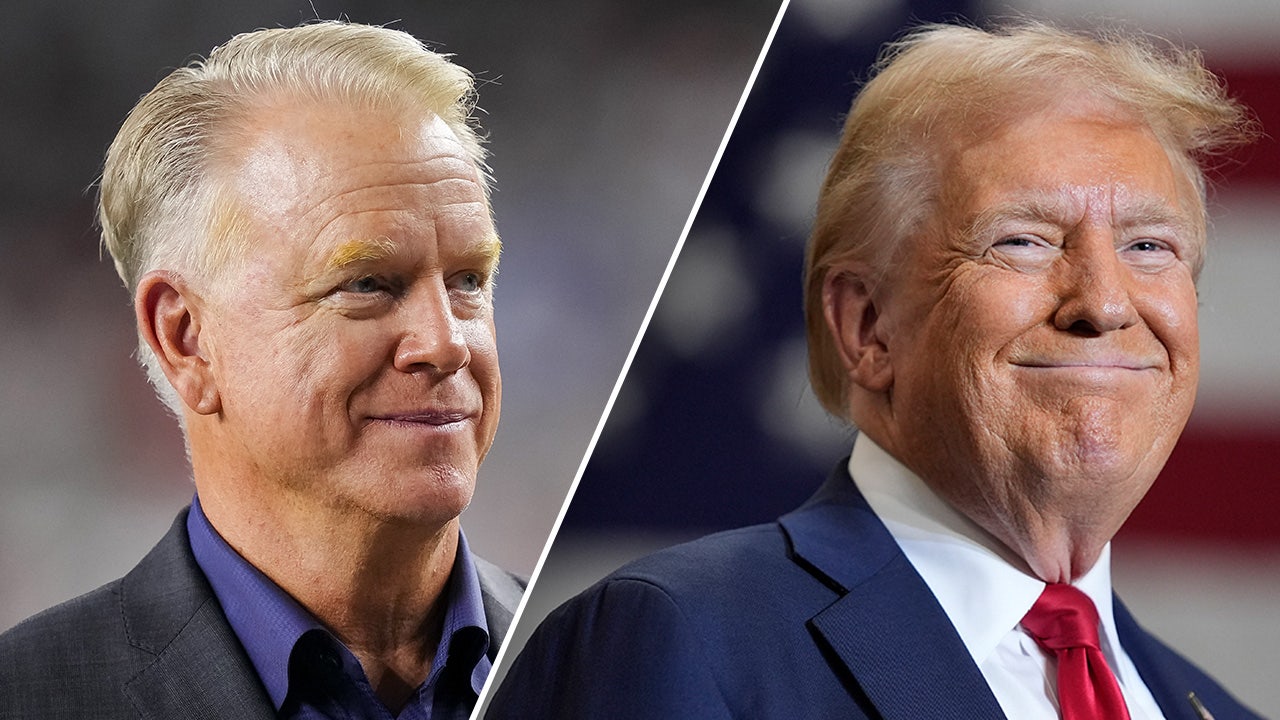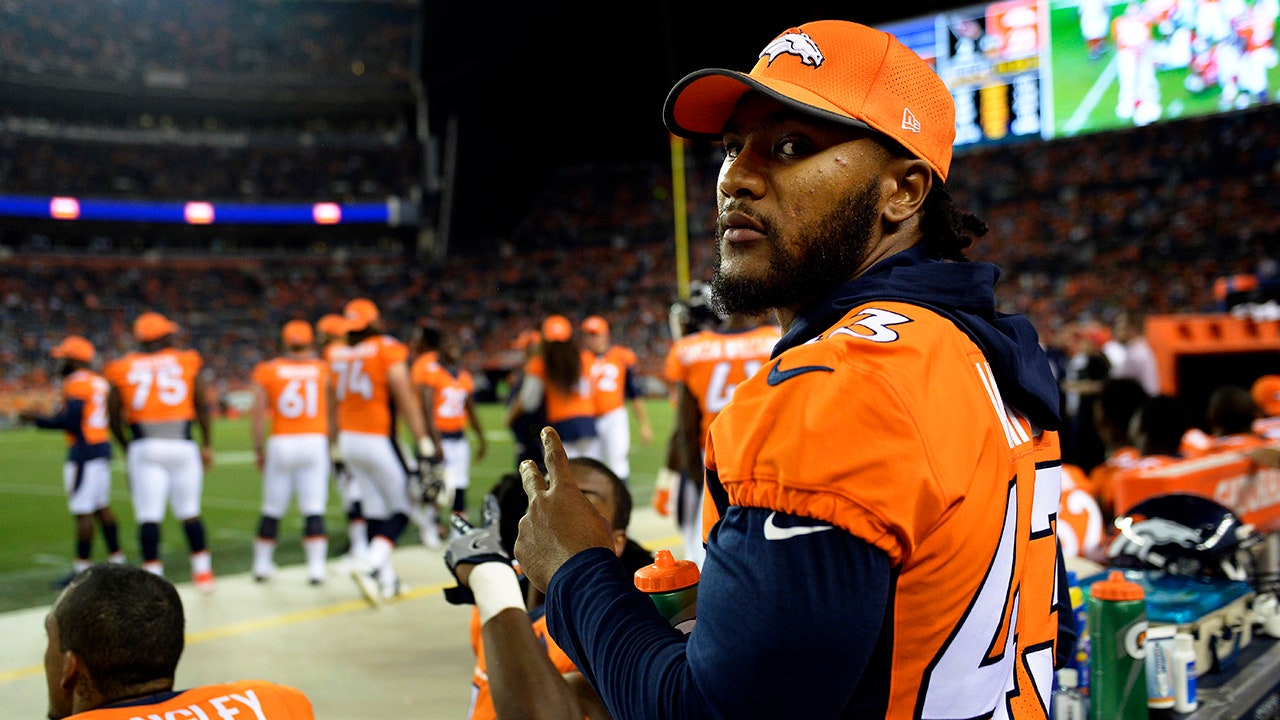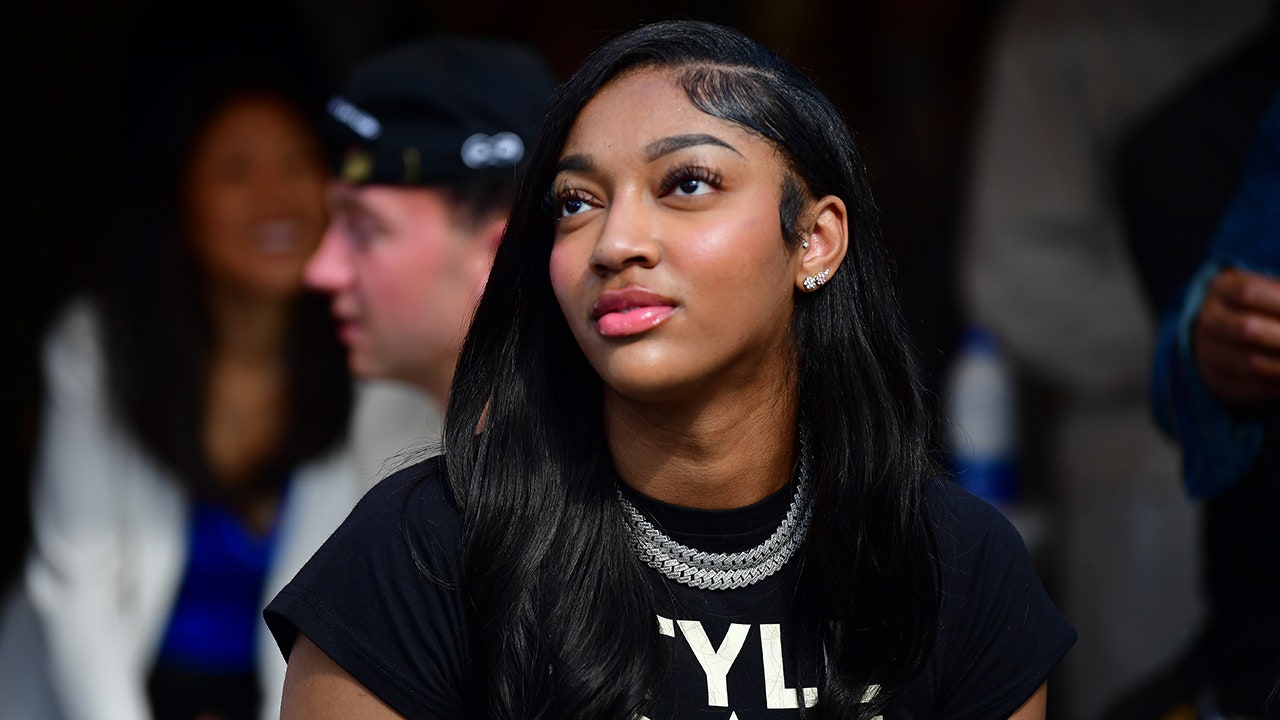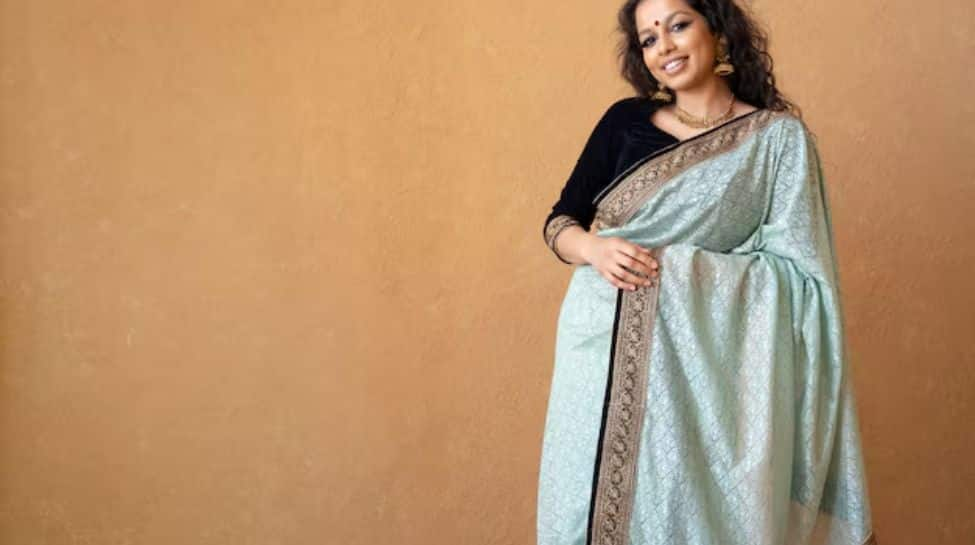“Maya was like, ‘Oh my God, please, if I end up being cast as Jane, can I please be the one with IBS?’” Sloane recalled. “To me, I was like, we found our girl. That’s our Jane. The one who wants to, on screen, be s—ing herself for the entire episode.”
These are not the Mr. and Mrs. Smith you might remember from the 2005 film starring a very glamorous Brad Pitt and Angelina Jolie. Erskine and Glover, who also stars in the television adaptation, are sexy for sure, but in the way you might encounter in your everyday life. They are your subway crushes, your workplace dreamboats, your mysterious hot neighbors. They also just happen to have access to lethal weapons at any given point in time. Life can be unpredictable for professional killers.
Glover and Sloane previously worked together in the writers room for FX’s “Atlanta,” Glover’s breakout hit that struck a balance between surreal absurdity and brutal reality. Their cheeky “Mr. & Mrs. Smith,” which premiered earlier this month on Prime Video, similarly subverts expectations. (Washington Post owner Jeff Bezos is the founder of Amazon, which owns Prime Video.)
Jane takes the lead in this pairing, whether in communicating with their unnamed boss at the contract-killing firm or mapping how best to eliminate their targets. She might display more sociopathic traits than John, but she pushes him to persevere through feelings of hopelessness. John, whom Sloane describes as “this eager golden retriever,” operates with “openness and warmth and love.” He encourages Jane to shed her colder exterior and find those qualities within herself.
“What made the movie fun is that everything is sort of in-your-face and flashy, and it almost feels like a cartoon version of real life,” Sloane said. “I think my strongest suit is showing the inner depths of raw humanity, and how that can then be funny.”
Sometimes, that involves bowel movements.
“Jane doesn’t necessarily have IBS, but she is the one who farts a lot in episode 3 on vacation, probably because she’s holding in her poop,” Erskine wrote in an email. “Sorry to be so crass. But that’s what happens on first vacations with someone you’re dating. And we wanted to show that.”
John and Jane sign up for a sham marriage that hinges entirely upon their shared willingness to kill for pay. In figuring out the characters’ motivations, the writers sought inspiration from dramatic works released in the 1970s — including Ingmar Bergman’s “Scenes from a Marriage” and Elaine May’s “Mikey and Nicky” — and modern-day reality television.
“Who are these lonely people who sign up to get married at first sight?” Sloane asked. “Who are these lonely people on ‘Love Is Blind’ who get engaged behind a wall? And what are the reasons for that? Is it for genuine love? Is it for money? Is it for fame? The biggest answer we could come up with is wanting something bigger than what they currently had.”
Just as the show risks becoming too contemplative, it snaps back into action. John and Jane bicker and make up as they drug an art collector (John Turturro), trail a harried entrepreneur and her washed-up athlete husband (Sharon Horgan and Billy Campbell), and encounter other paired assassins (Wagner Moura and Parker Posey). They return each night to their lavish Manhattan brownstone, the result of a swift renovation that catches the eye of a suspicious neighbor (Paul Dano).
They are constantly surrounded by the uber-rich, which for John and Jane — who are Black and Asian, respectively — requires confronting the racial dynamics of those White-dominated spaces. When a mission takes them to a silent art auction, for instance, John realizes he would stand out as one of the sole Black attendees and instead enters the building dressed as a cater-waiter. He doesn’t hesitate to do so. C’est la vie. The commentary is subtle but resonant, the product of a writers’ room that, according to Sloane, consisted entirely of people of color. Glover and his brother, Stephen, were the only male writers.
“Even as spies, we wanted to maintain that these two characters had to navigate a very wealthy, White world: How do they do that as two people of color?” Sloane said. “When we ended up casting Maya as Jane, it helped inform some of the connection between the two characters in an organic way, without feeling like we were force-feeding someone vegetables.”
Erskine recalled Glover saying that “you can’t ignore how race affects your job or how people perceive you in a specific world.”
“They handle that in this show really well,” she said of the writers. “John and Jane are able to use it towards their advantage as spies in moments, based on perceptions of the people around them.”
When the “Mr. & Mrs. Smith” series was first announced in early 2021, Phoebe Waller-Bridge (“Fleabag”) was attached as a co-creator alongside Glover and Sloane. She left the project roughly six months later over creative differences. Last year, Waller-Bridge described her departure to the Hollywood Reporter as “knowing when to leave the party.”
“You don’t want to get in the way of a vision,” she continued. “Creative collaboration is like a marriage, and some marriages don’t work out.”
The show, in its brazen final form, speaks instead to Glover and Sloane’s relationship as writers: “I think what actually bonds us is being able to candidly talk to each other in way similar to how John and Jane talk to each other,” she said. Casting Erskine pushed them to be even bolder. The actress is known for “PEN15,” the cringe comedy she co-created and starred in with Anna Konkle that established their ability to “pinpoint the things most people would never want to talk about and … live in that space,” per Sloane.
Erskine said the experience of creating “Mr. & Mrs. Smith” was similar to “PEN15” in that “this show felt like we were doing something different and something new. It was a risk and there was a possibility that it might not work. So I guess the lesson was to stay the course?”
Sloane has always been interested in what she refers to as life’s “in-between moments,” the day-to-day interactions that might not feel like dramatic fodder until you realize they are the building blocks of any relationship. The compliments, the slight digs, they all build and take away from trust. Sloane wondered how this interest would apply to an action-packed thriller featuring characters whose day-to-day also happens to involve killing.
It turned out Glover considered her commitment to a humanistic writing style to be a suitably bold approach. She remembered he told her she “move[d] through the world like a rich kid,” which she hadn’t been growing up. But “he was like, ‘You make creative decisions without caring. It’s always about the creativity.’”
“That was a huge compliment,” Sloane said. “I don’t see myself that way at all. I’m riddled with anxiety. I question everything. But the fact that he saw that — I thought, what I great way to navigate the world. I’ll take it.”











